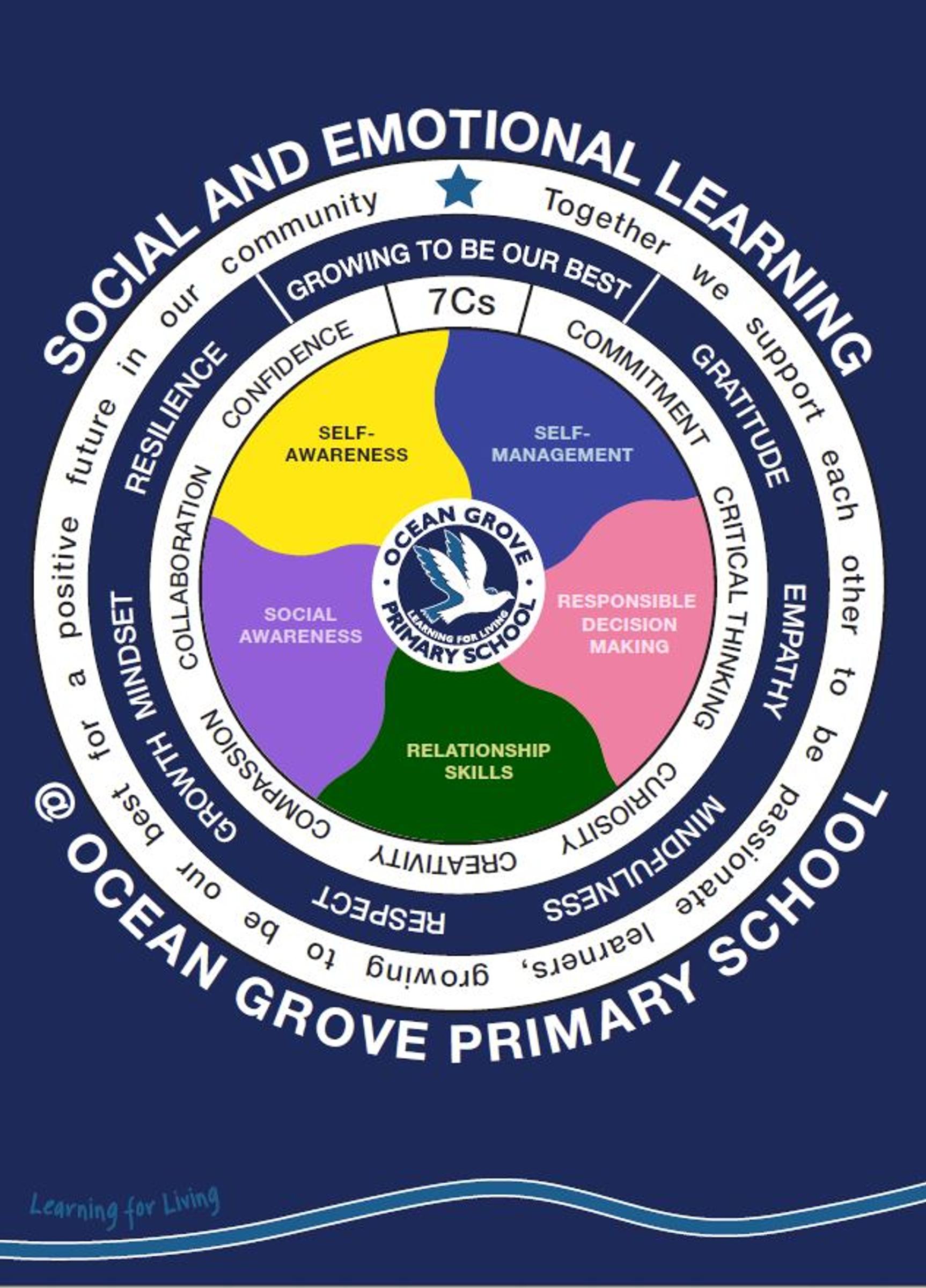Mental Health and Wellbeing Coordinator

Saying “No”
“The art of leadership is saying no, not saying yes. It is very easy to say yes.” Tony Blair.
Dear Families,
Quite a few teachers have reported to me that we have a few kids in the yard finding some aspects of break times challenging, particularly asking to play with others, removing themselves from a group to play with someone else, or simply saying “No” in a variety of situations. This can be difficult for many of us, not wanting to upset our friends while doing the things that we enjoy.
Sometimes, saying ‘No’ can be difficult. Often, we may feel like we need to give a reason to justify why we are giving a ‘No’ as an answer. Some people may find that a ‘No’ could disappoint or hurt someone, it may be seen as rejection, or it may even cause conflict. Whereas a ‘Yes’ can often be an easier response to give. But is it possible to give a ‘No’ and have the relationship continue as it has always been? I find it interesting that we can often feel that a ‘No’ with an excuse is similar to a ‘Yes’. One of the benefits for us of being able to say ‘No’ to someone without giving a story or an excuse may be that we are able to be more honest. It may save future grief or issues and it may also save us time and help us to maintain our integrity.
Following are some ideas to help your child learn to say ‘No’ more often. Choose your favourite to try at home this week. Or, if you prefer, say ‘No’ and don’t do any of them!
- Write a list of questions for which you are sure the answer will be ‘Yes’. Ask your child these questions and they MUST respond with a ‘No’.
- Get something from around the house and ‘sell’ it to everyone in the family. Your job is to tell them all why this item is so wonderful, what they would benefit from having it and let them know it’s even free! You then ask someone if they would like it and they need to respond with, “Thank you for the offer, but no.”
- Make a simple request of someone. The person receiving the request needs to make reasons why they will not follow your request. Continue to give reasons until you can’t think of any others. Now, make the same simple request, but this time, the person receiving the request can only say “No” without giving a reason. Talk about how your experience differed between giving a reason and just saying “No”.
- Get out some tasty treats that you all like to eat. Have someone offer them around and you must answer with a “No”. What happened? Did anyone give in and say “Yes”?
- Take it in turns to say “No” in as many ways as you can. How many ways can you say “No” without using your voice?
- What is ‘peer group pressure’? Have you ever been in a situation where a group of people have tried to get you to do something that made you feel uncomfortable, or you thought it was wrong? Discuss.
- Have someone ask you to do something, and you must give a “No”. They must ask why, and you will need to respond with, “Because I said no.” What did you notice?
““No” is a complete sentence and so often we forget that. When we don't want to do something, we can simply smile and say no. We don't have to explain ourselves, we can just say "No". Early on my journey, I found developing the ability to say no expanded my ability to say yes and really mean it. My early attempts at saying no were often far from graceful, but with practice even my no came from a place of love. Love yourself enough to be able to say yes or no.” Susan Gregg.
Thanks for your support,
Andy McNeilly
Mental Health and Wellbeing Coordinator

